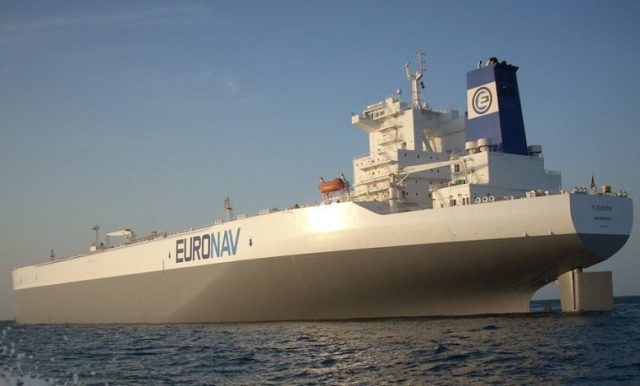
On 26 November 2024, the Directorate-General for Internal Policies of the European Parliament published a study about the impacts that European Union climate legislation will have on transport.
EU climate policy is embodied in the so-called ‘Fit for 55’ legislative package, designed in theory to reduce the Union’s greenhouse gas (GHG) emissions by 55% in 2030, hence its peculiar name. However, ‘Fit for 55’ poses challenges to road, air and maritime transport.
With regards to road transport, one of ‘Fit for 55’’s legal acts, Regulation 2023/851, phases out internal combustion engines for road vehicles in 2035. The Union institutions have defended this measure on the basis of GHG emissions from passenger transport representing about 20% of the total emissions of the EU.
However, we already know that low CO2 emission (electric) cars are not affordable for European lower income groups, who would need to pay an increase in price of 10-50% in comparison to a classical combustion vehicle. If that population is sent instead to the second hand market, the problem of limited battery longevity arises.
The Chinese population has a better access to electric vehicles, as they do not need to face the issues of semiconductors’ shortage, supply chain bottlenecks due to offer for rare materials and lack of public support which in Europe is deemed to alter competition. As a result, the retail price in China for electric vehicles reduced by 2% in 2023 compared to the previous year.
The shift to cars, vans and lorries electrification will impact the demand for power supplied by electricity grids and hence its price. Unfortunately, the study does not provide a data analysis of such increase in price and, where it refers to transport of freight, productivity.
Rail transport regulation has evolved from progressive liberalisation to the promotion of larger amounts of traffic on the rail network, as an alternative to more polluting forms of mobility.
The Energy Taxation Directive removes full exemption from energy taxation for intra-EU voyages for both air transport (kerosene) as well as maritime transport (heavy oil).
For air transport, aviation accounts for about 2-3% of global CO2 emissions and these are projected to further increase, due to demand rise. The study anticipates higher ticket prices for passengers and lesser flight frequency for certain routes. This applies both to commercial flights as well as to air freight; in the latter case, an increase of freight rates produces eventual consequences on competitiveness.
Finally, maritime transport will also see increased passengers’ ticket prices. Maritime freight will similarly suffer higher operation costs and freight rates. The price difference between conventional marine fuels and alternative fuels can be quite substantial, currently 40% higher in the latter case.
Shipping companies will be encouraged to reduce speeds in order to cut fuel consumption and emissions, thus lengthening travel times and harming productivity. The study points to knock-on effects on employment and onward connections for EU ports that lose traffic, as shippers avoid or minimise ports in the European Economic Area in order to escape to the impact of Union law. For example, a ship traveling from China to Europe could choose the port of Tanger in Morocco rather than Algeciras in Spain, which is only 30 kilometres away.
Subsidies schemes in order to control the augmentation of prices are not economically sustainable and mean undesired market intervention. The European Union has already allocated a budget of EUR 25.8 for transport through its “Connecting Europe Facility” for the period 2021-2027.
The defenders of ‘Fit for 55’ on transport argue that the sector comes last in the EU with regards to adoption rates of renewable energy, only 8.9%. The aim of the legislative package would be to boost such rate to 27-29% by 2050.
Source of image: Splash 247



 Subscribe
Subscribe